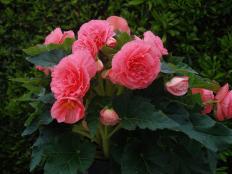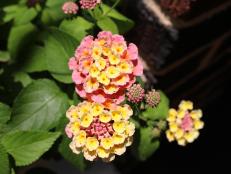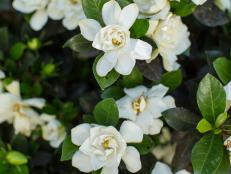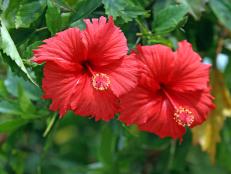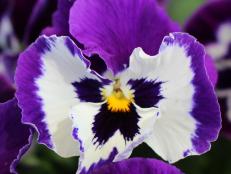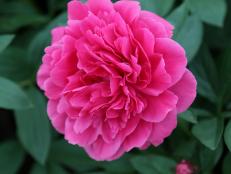Plumerias and More
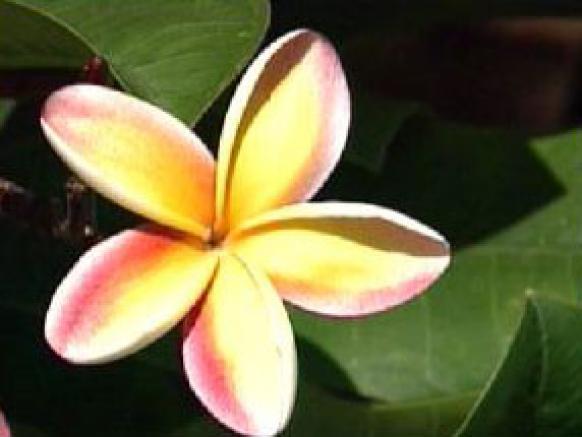
Having just spent five days of fun in the Florida sunshine, host Paul James' mind is still on the tropics. So to continue the feeling of sand and sun, James features one of his favorite tropical plant groups of all, the plumerias. These plants can be easy and rewarding to grow no matter what region you live.

Plumeria are USDA Zone 10 tropicals that can grow up to 20 feet tall and produce gorgeous flowers in a number of different colors (Figure B) and in luscious scents. If you think you recognize these blooming beauties, it might be because their flowers are traditionally used in Hawaii to make leis. Plumerias, which are also known as frangipani, are most often sold as unrooted cuttings like these (Figure C). And while they may not look like much as a cutting, James assures that these flowers are sure to please. Common varieties typically sell for less than $10, although prized hybrids can go for several hundred dollars. Regardless of what you pay, the first thing you want to do when you acquire one of these cuttings is get it to take root. "It's a process that can take up to two months, but it's worth it," says James. "And it's easy."
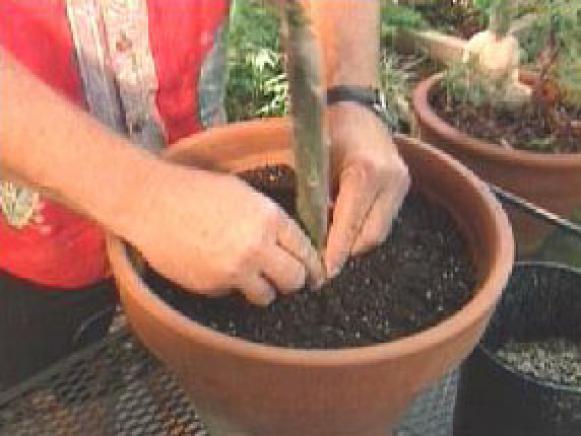
To root your cutting, you'll need a container. James recommends using terra cotta, and he adds about an inch or so of gravel in the bottom. Fill the container to an inch or so below the rim with a coarse potting soil that drains well. James says store-bought cactus mix works best. Finally, place the cutting into the mix to a depth of about three inches or so, just so the cutting stands up on its own (Figure D).
The tricky part is getting the cutting to root. Leave the cutting as is for a couple of months and don't water, fertilize, or do anything. Everything the plant needs to form leaves as well as roots is contained within the milky sap of the cutting itself. Place the container or containers in a spot that receives at least four to five hours of sun but is protected from rain. It's okay to put your plumeria cuttings outside, providing temperatures are above 60 degrees both day and night. Otherwise, you should put them inside in a nice, bright, sunny windowsill until temperatures warm up a bit.

"Just remember, the more heat and light your cuttings get, the faster they'll root," says James. Plumerias also grow somewhat in proportion to the size of the container they're planted in. For example, in a pot this size (Figure E) the plumeria will grow to about three feet or so, but in a larger pot, the plant can grow much larger.
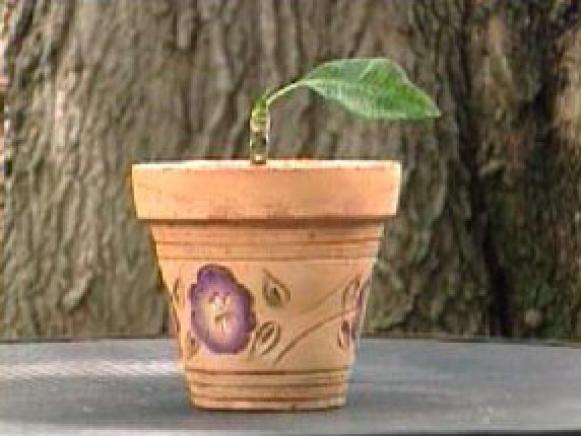
Once the cutting has formed a set of leaves, you can also assume the cutting has started taking root (Figure F). Confirm that the roots are establishing by gently tugging on the base of the cutting. If you feel any resistance, that means roots have formed. At that time you should move your plumeria to a spot that gets at least six hours of sun.
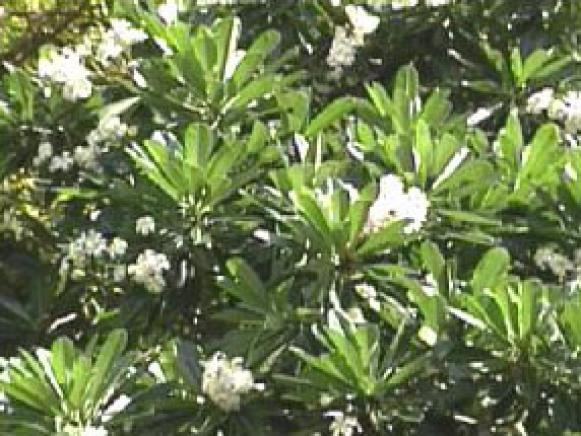
"Here in my Zone 6 garden, plumerias typically begin blooming mid-summer and continue on and off until early fall," James says. In warmer regions of the country, they may bloom continuously from April through November. "Let me tell you, the flowers they produce are incredible (Figure G). Being related to periwinkles, they have very similar flowers in a broad range of colors, and the fragrances they produce are amazing — from citrus to coconut, jasmine to peach and just about every sweet scent in between."
To keep your plumerias healthy and encourage them to flower prolifically, it's a good idea to feed your plants lightly every month of so during the growing season with compost tea. But be careful not to over-water them. Plumerias actually prefer to be on the dry side and too much water can prove disastrous. And while they're generally pest free, plumerias are occasionally attacked by aphids, which thankfully are easy to control with either a blast of water from the garden hose or a spray of insecticidal soap.
When temperatures drop into the 50s, plumerias will begin to lose their leaves and go dormant. At that point, they need to be over-wintered, either in the garage or in the house. Once dormant, you don't want to do anything to them again, which means no watering and no fertilizing. According to James, they won't look like much, but they will be fine when spring rolls around again. "They're great, easy-to-grow plants that gardeners all over the country can enjoy, and trust me, once you grow them, you'll love them, which is why they're also known as the plant of love."
One more tropical plant James loves is the elephant ear (Colocasia). This remarkable plant begins life in the garden as a tuberous bulb. And soon after being planted in a shady spot in late spring, it starts to show signs of life. Within another six weeks or so, the plant will send up several stalks, each up to six feet tall and each of them capped by a huge leaf. While this beauty isn't hardy outside of Zone 10, you can dig it up once the foliage fades and store the tubers in the garage along with all your plumerias.
"So even in colder regions you can enjoy tropical plants like plumerias and elephant ears as well as bananas, coconuts, ginger, and so much more — all of which you can successfully over-winter in the garage," James says.







